Dr. Gigi Lam's journal article 'Shortage of nurses in Hong Kong: the challenges ahead', in the journal Asian Education and Development Studies (2023 impact factor: 2.3), has been awarded the Outstanding Paper in the 2024 Emerald Literati Awards.
If you are interested in reading the full article, please visit the following website.
https://www.emerald.com/insight/content/doi/10.1108/AEDS-08-2021-0179/full/html
Abstract
Purpose
The aging of a population poses significant challenges to healthcare, housing, social security and elderly care services. Active aging is promoted by the Hong Kong government but is compromised by a shortage of nurses, doctors and professional aides. This study aims to review the history of nursing education in Hong Kong, evaluate Hong Kong's nursing manpower policy with a macro–micro analysis based on sociological imagination and provide sound recommendations.
Findings
It is predicted that there will be a shortage of 455, 1,383 and 1,669 nurses in 2020, 2025 and 2030, respectively. Moreover, Hong Kong had 8.2 nurses per 1,000 people in 2020. Although this rate exceeds those of China, South Korea and Singapore, it lags behind those of the USA and Australia as well as the international recommendation of nine nurses per 1,000 people.
The nurse shortage has been further aggravated by an interaction between macro factors, including aging population, a lack of coherent and long-term nursing manpower policy (an analysis is based on a health policy triangle), numerous obstacles imposed on nurses from abroad and micro factors emanating from an interplay of push–pull factors among nurses.
If you are interested in reading the full article, please visit the following website.
https://www.emerald.com/insight/content/doi/10.1108/AEDS-08-2021-0179/full/html
Abstract
Purpose
The aging of a population poses significant challenges to healthcare, housing, social security and elderly care services. Active aging is promoted by the Hong Kong government but is compromised by a shortage of nurses, doctors and professional aides. This study aims to review the history of nursing education in Hong Kong, evaluate Hong Kong's nursing manpower policy with a macro–micro analysis based on sociological imagination and provide sound recommendations.
Findings
It is predicted that there will be a shortage of 455, 1,383 and 1,669 nurses in 2020, 2025 and 2030, respectively. Moreover, Hong Kong had 8.2 nurses per 1,000 people in 2020. Although this rate exceeds those of China, South Korea and Singapore, it lags behind those of the USA and Australia as well as the international recommendation of nine nurses per 1,000 people.
The nurse shortage has been further aggravated by an interaction between macro factors, including aging population, a lack of coherent and long-term nursing manpower policy (an analysis is based on a health policy triangle), numerous obstacles imposed on nurses from abroad and micro factors emanating from an interplay of push–pull factors among nurses.


